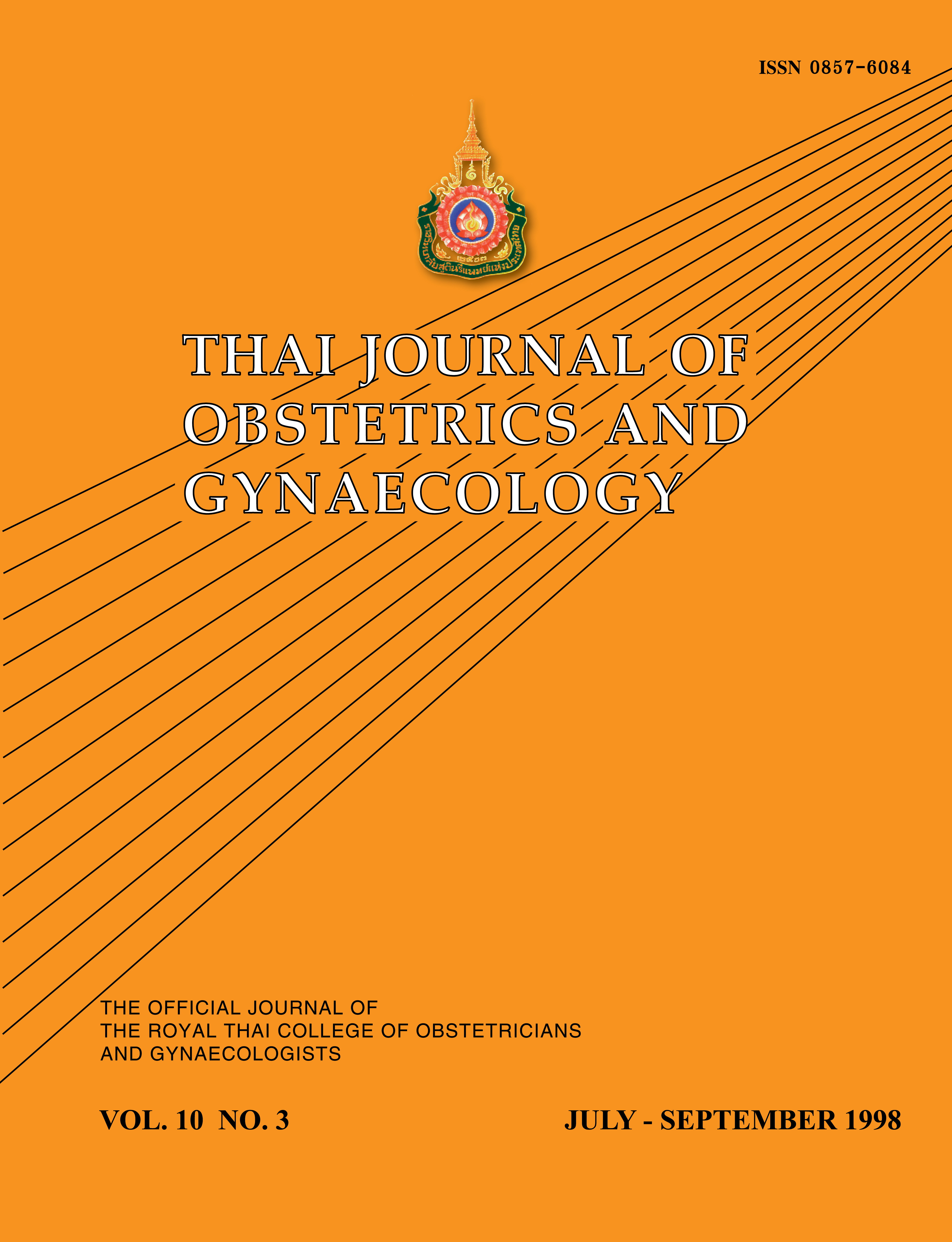Sperm preparation for assisted reproduction
Main Article Content
Abstract
In ejaculated semen, there are factors, decapacitation factors, that can diminish the occurrence of acrosome reaction and hence reduce or even totally inhibit fertilizing capacity of the sperm.(1-3) Semen contains a variety of other constituents, including dead cells, lytic enzymes, and microorganism(4) some of which are likely to have the adverse effect on the gametes, the embryo, and/or the reproductive tract The ejaculated semen also contains spasmogen that can cause smooth muscle contraction after intrauterine insemination (IUI).(6)
The spermatozoa must, therefore, be separated from the seminal plasma in order to proceed to the stage of capacitation followed by hyperactivation and the acrosome reaction which enables oocyte binding and fertilization. It has been shown that longer exposures to seminal environment in vitro can permanently diminish the fertilizing capacity of spermatozoa.(6) Therefore, it is essential that spermatozoa must be separated from the seminal plasma quickly and efficiently.(3)
Article Details

This work is licensed under a Creative Commons Attribution-NonCommercial-NoDerivatives 4.0 International License.


